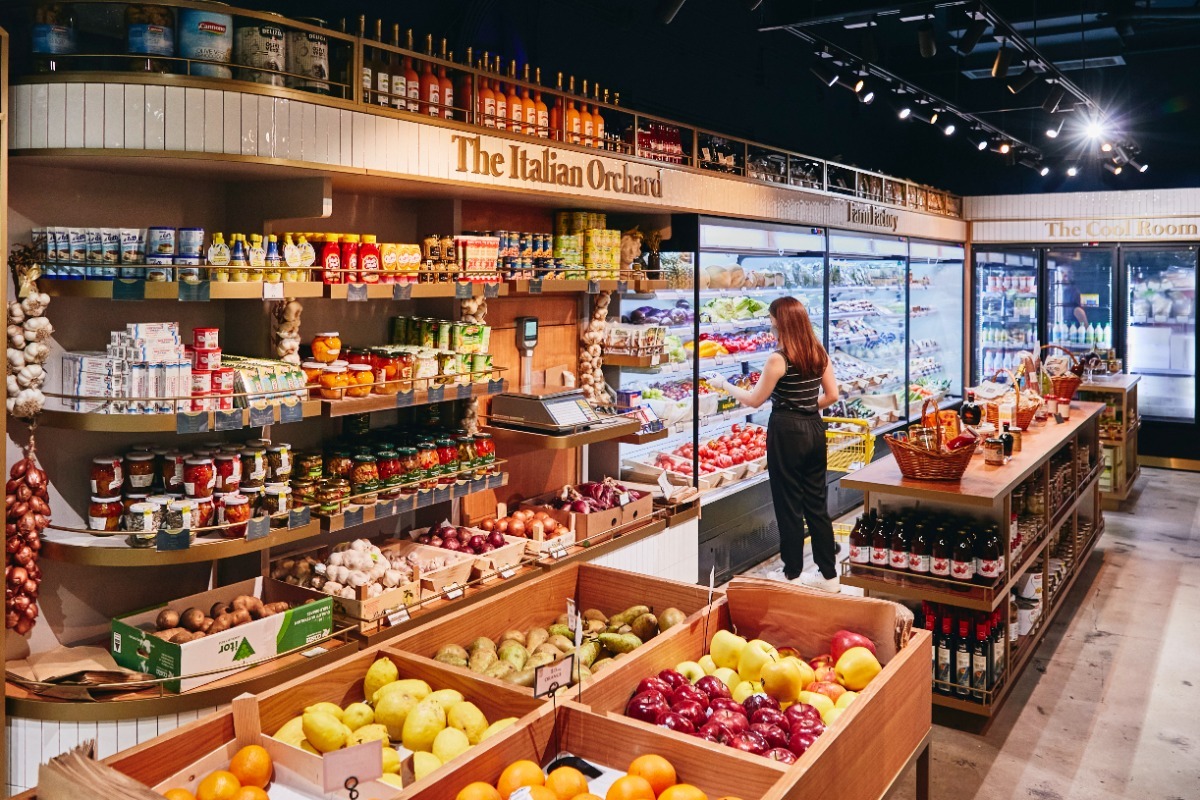Unveiling the Profitability: Understanding the Margin of FMCG
In the fast-paced world of consumer goods, understanding the margin of FMCG (Fast-Moving Consumer Goods) is crucial for businesses aiming to thrive in this highly competitive industry. In this comprehensive blog post, we will delve into the intricacies of FMCG margins, exploring the factors that influence them and providing valuable insights for industry professionals.
- Defining FMCG:
Fast-Moving Consumer Goods, commonly known as FMCG, refer to products that are sold quickly at relatively low prices. These goods are consumed daily and have a short shelf life, such as food and beverages, personal care products, household items, and more. Due to their high demand and frequent purchase patterns, FMCG companies face unique challenges when it comes to maintaining profitability. - Understanding Margin:
The margin of FMCG is a key financial metric that measures the profitability of a product or a company. It represents the difference between the selling price of a product and the cost of producing or acquiring it. A higher margin indicates better profitability, while a lower margin may suggest challenges in generating profits. - Factors Influencing FMCG Margins:
a) Cost of Raw Materials: The cost of raw materials plays a significant role in determining FMCG margins. Fluctuations in commodity prices, supply chain disruptions, and changes in sourcing strategies can impact the overall cost structure and subsequently affect margins.
b) Production Efficiency: Efficient production processes and economies of scale can positively influence FMCG margins. Streamlining operations, optimizing manufacturing techniques, and investing in automation can help reduce costs and improve profitability.
c) Pricing Strategy: Setting the right price for FMCG products is crucial for maintaining healthy margins. Companies must consider factors such as market demand, competition, and consumer perception when determining the optimal pricing strategy. Pricing too high may lead to decreased sales volume, while pricing too low may erode margins.
d) Distribution Costs: The cost of distributing FMCG products can significantly impact margins. Efficient logistics, effective supply chain management, and strategic partnerships with distributors can help minimize distribution costs and improve profitability.
e) Marketing and Branding: Effective marketing and branding strategies can create a competitive advantage for FMCG companies, enabling them to command higher prices and achieve better margins. Building a strong brand image, investing in advertising campaigns, and fostering customer loyalty can contribute to improved profitability.
- Strategies to Enhance FMCG Margins:
a) Product Differentiation: Developing unique and innovative products can help FMCG companies stand out in a crowded market, allowing them to command premium prices and achieve better margins.
b) Cost Optimization: Continuously evaluating and optimizing costs across the entire value chain is essential for improving FMCG margins. This includes identifying cost-saving opportunities, negotiating favorable supplier contracts, and implementing lean practices.
c) Market Expansion: Exploring new markets and expanding the customer base can lead to increased sales volume and improved margins. Conducting thorough market research, adapting products to local preferences, and establishing strong distribution networks are key to successful market expansion.
d) Consumer Insights: Gaining a deep understanding of consumer behavior and preferences can enable FMCG companies to develop targeted marketing campaigns and product offerings, leading to increased sales and higher margins.
Conclusion:
In the dynamic world of FMCG, understanding the margin is vital for businesses aiming to thrive and succeed. By considering factors such as raw material costs, production efficiency, pricing strategies, distribution costs, and marketing efforts, companies can optimize their margins and achieve sustainable profitability. Embracing strategies such as product differentiation, cost optimization, market expansion, and consumer insights can further enhance FMCG margins, ensuring long-term success in this competitive industry.

Post Comment